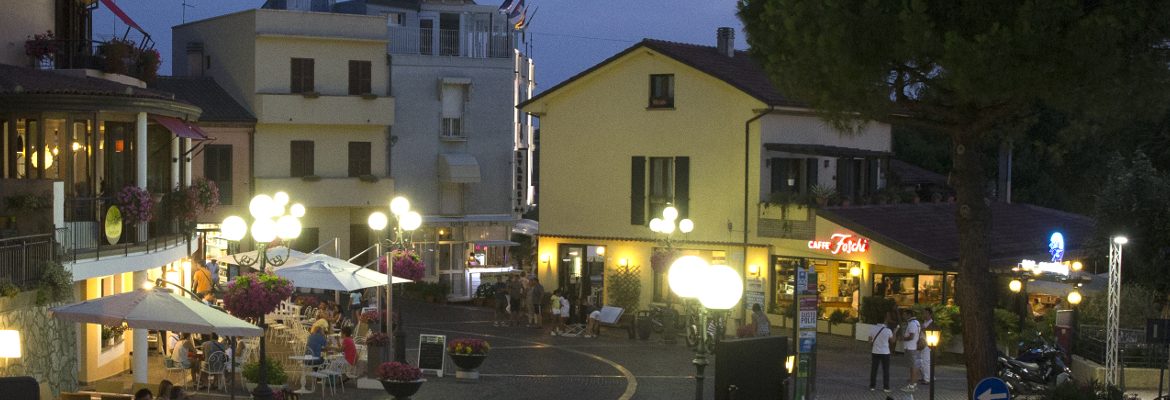The origins of the fortress of Gabicce Monte are closely linked to the history of the two castles of the “lands of Focara” (castles of Casteldimezzo and Fiorenzuola). Unfortunately, in recent decades, most of its remains have been lost due to extensive tourism development.
An idea of what was once the castle of Gabicce can be obtained by observing the beautiful watercolors by Francesco Mingucci and Romolo Liverani, two local painters who faithfully reproduced the building as it appeared respectively in the 17th and 19th century. For some, the castle inherited its name from the family who owned it in its first years and the original toponym with which it was known was “Castrum Ligabitij”, which means castle of Ligabizio or Ligabizzis’ castle. Over time, the name turned into Ligabicci, Le Gabicce and eventually Gabicce. According to another hypothesis, Ligabitius could be the noun that referred to those who worked as “legabecchi”, whose job was to capture male goats (“lega” means “to tie” and “becco” means “billy goat”). This hypothesis is supported by the consistent presence of goats in the past in this area, as these animals found their habitat right on the hills of Mount San Bartolo.
Up to the Second World War, some remains of the walls of the fortress were still standing: a big gate dominated by a small bell tower opened onto an ancient nucleus of houses with narrow and winding alleys, putting up a modest defense against the relentless strength of the bora winds. With the exception of the church of Sant’Ermete, very few traces of the fortress are still visible today.




